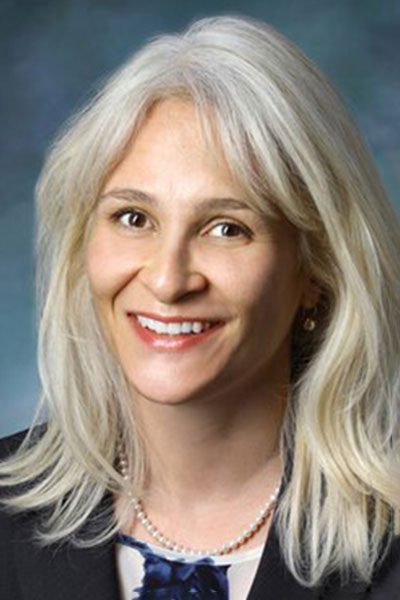
Despite near universal (98%) complaints of dry eye among people with Sjögren’s syndrome and a substantial impact on quality of life, only 1 in 20 individuals with the disease report being referred for a Sjögren’s workup by their eye care provider, according to a patient survey supported by the Sjögren’s Foundation.
Esen K. Akpek, MD, Bendann Professor of Ophthalmology, Johns Hopkins University, shared these statistics in Sjögren’s Syndrome: Dental & Ocular Perspectives at ACR Convergence 2020. Registered attendees have on-demand access to watch a replay of the session through March 11.
Patients with dry eye experience associated systemic inflammatory disease with a comparable frequency as those with uveitis or scleritis, yet Dr. Akpek explained only those with the latter two conditions are routinely evaluated for underlying systemic inflammatory disease. She contends the lack of referrals is a result of underrecognition and underappreciation of Sjögren’s syndrome by eye care providers, as they assume Sjögren’s patients will be referred to them by a rheumatologist or primary care provider for management of dry eye, she said.
Primary Sjögren’s is typically characterized as a disease affecting middle-aged women, but Dr. Akpek’s research suggests the disease may be underdiagnosed and more severe in men. Male patients with primary Sjögren’s were found to have a higher frequency of serious ocular and systemic manifestations of the disease. As a result, Dr. Akpek said, physicians should have a lower threshold to test for Sjögren’s in men with clinically significant dry eye, particularly aqueous tear deficiency.
Eye discomfort and vision-related issues are the two primary symptoms of dry eye that have the most profound effect on patient quality of life, with difficulty reading being the most common and arguably the most significant functional complaint of individuals with dry eye.

Athena S. Papas, DMD, PhD, Distinguished Professor of Diagnostic Sciences and Johansen Professor of Dental Research, Tufts School of Dental Medicine, presented common dental-related symptoms of Sjögren’s syndrome and treatment options.
The overwhelming majority of people with Sjögren’s experience dry mouth—92% according to a poll of 3,000 patients conducted on behalf of the Sjögren’s Foundation—but it is far from the only oral ailment for many of these patients.
“Loss of saliva is not just loss of water,” Dr. Papas said. “It has severe consequences with increased infection, loss of the mineral from the tooth because of the demineralizing calcium phosphate in saliva, and decrease in lubrication.” The lack of lubrication can lead to problems speaking and swallowing.
Secretagogues have proven useful in preventing complications of saliva, Dr. Papas advised before cautioning against the use of lemons to promote saliva production.
A majority of Sjögren’s patients report mouth ulcers or sores (66%), trouble speaking (61%), or tooth decay (59%). To prevent rampant tooth decay in individuals with Sjögren’s, Dr. Papas recommended a fluoride varnish administered every three months by a dentist and daily use of a prescription high-fluoride toothpaste, along with a demineralizing solution when appropriate.
Almost half (45%) of patients with Sjögren’s have gastroesophageal reflux disease (GERD), which can cause erosion of the teeth. Those who experience acid reflux are advised against brushing their teeth immediately after an acid occurrence. Instead, Dr. Papas recommends neutralizing the acid with bicarbonate and water and waiting a half hour.
“When people are exposed to sugar, normally your saliva increases and clears the sugar, but if you don’t have saliva, the acid stays there and demineralizes the teeth,” Dr. Papas said.
A quarter (26%) of individuals with Sjögren’s report yeast infection in the mouth, and 15% have salivary gland stones or infections.
